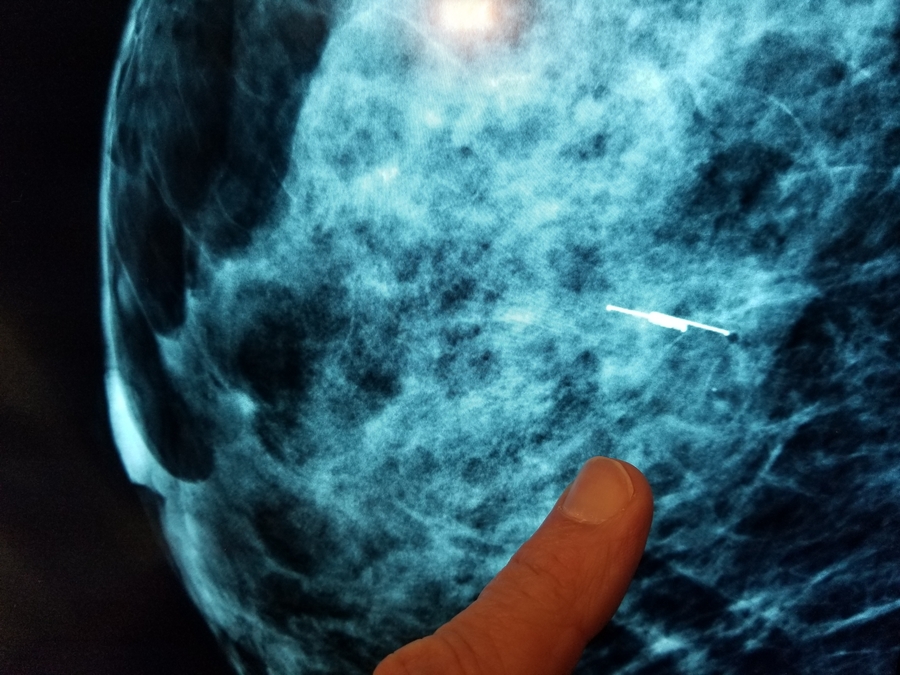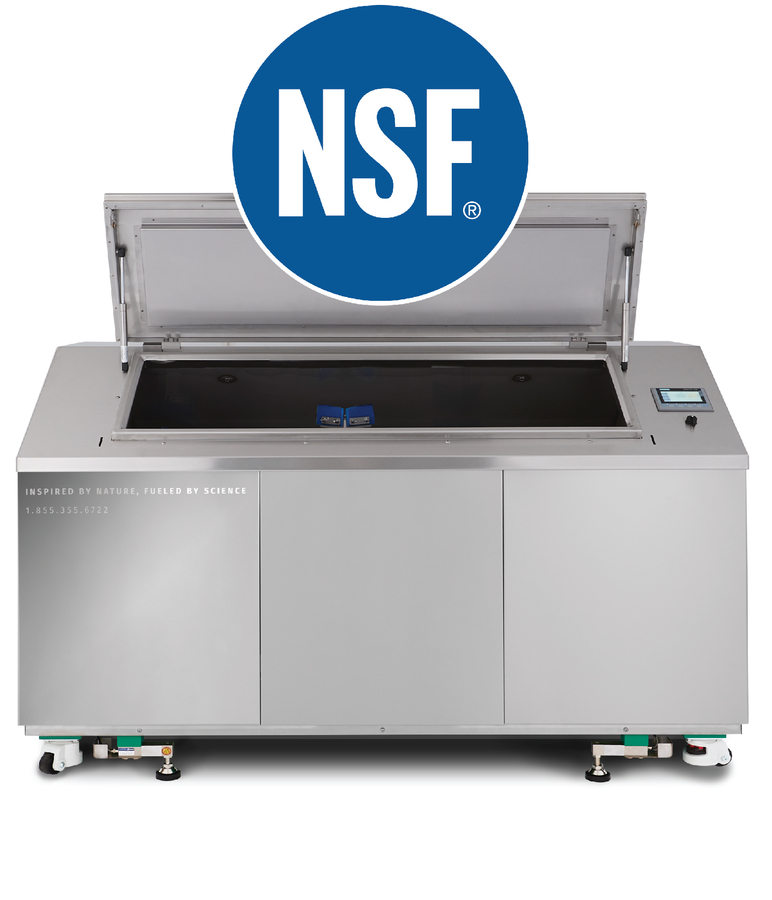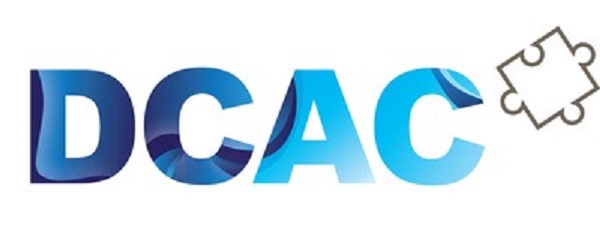New process to streamline the diagnosis and treatment of breast cancer patients improves outcomes while lowering costs.
SALT LAKE CITY, UT, June 30, 2019 /Neptune100/ — Over the last two years, radiologists and surgeons at Intermountain Healthcare’s Intermountain Medical Center Breast Cancer Center have instituted a new process to streamline the diagnosis and treatment of breast cancer patients.
Dr. Brett Parkinson, director of breast imaging for Intermountain Healthcare, says what used to take several weeks or even months, now unfolds in a week or two.
In the past, when a patient experienced an abnormal mammogram or breast lump, she would be offered a biopsy at a later date, sometimes a week or two away. Now, if doctors find a suspicious lesion, they can offer her a same-day biopsy.
“When I tell women they’ll need a biopsy, they almost always ask ‘can I do it today?’ and now I love being able to say yes you can,” said Dr. Parkinson. “It only adds about 20 minutes to their appointment.”
The results are usually available in 48 hours and this expedited process not only saves the patient a trip back to the clinic, it results in efficiency for the healthcare system.
Doctors are also enhancing the expedited biopsy process with the latest technology by using a radar reflecting marker called SAVI Scout, a system features a reflector that is placed at the tumor site before a lumpectomy or surgical biopsy.
During the procedure, the surgeon scans the breast using the SAVI Scout guide, which emits infrared light and a radar signal to detect the location of the reflector. Real- time audible and visual indicators assist the surgeon in accurately locating the reflector, along with the target tissue. This higher level of localization precision allows the surgeon to plan a surgical approach that may result in a better outcome. If the tumor must be removed, the doctor simply finds the marker using a probe and removes it.
This important benefit has the potential to reduce surgical delays and optimize surgical planning and may result in more patients receiving care faster.
Previously, a radiologist would guide a wire through the breast to a metallic marker that was placed in the tumor. Because they had to use an ultrasound to do the procedure, they couldn’t always take a direct path with the wire. A surgeon would then have to cut along the wire to extract the tumor.
“Before SAVI Scout a radiologist would have to place a guidewire through the breast tissue to the tumor, but it wasn’t always a direct route,” said Dr. Parkinson. “SAVI Scout allows us to cut directly to it which helps save breast tissue.”
Staci Oliver is a breast cancer patient who has experienced both a guidewire and SAVI Scout procedure during two separate surgeries. She says the difference is obvious, and the high-tech marker made her procedure must faster.
“The old way just seemed to take so long and it’s already a stressful situation having a tumor removed,” she said.
With a guidewire eliminated from the process, it saves the patient time, money, and anxiety of waiting. By having the SAVI Scout already placed, it allows for quicker surgery for the patient. Eliminating these extra steps has shown to reduce costs.
Other Intermountain Healthcare hospitals will soon begin adopting these new technologies and processes system wide.
The Intermountain Medical Center Breast Care Center is a leading breast care program nationally and is involved in numerous studies and research to enhance treatments for patients.
Intermountain Healthcare is a Utah-based not-for-profit system of 24 hospitals, 160 clinics, a Medical Group with some 2,300 employed physicians and advanced care practitioners, a health insurance company called SelectHealth, and other health services. Intermountain is widely recognized as a leader in transforming healthcare through evidence-based best practices, high quality, and sustainable costs. For more information about Intermountain, visit intermountainhealthcare.org.





